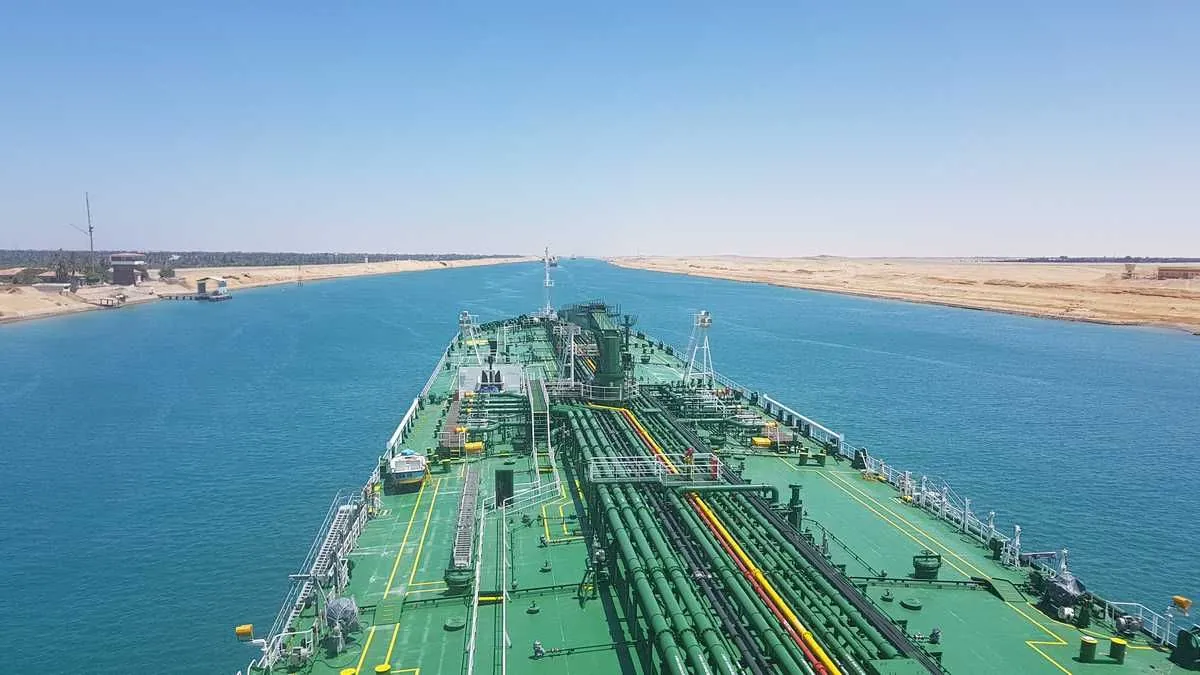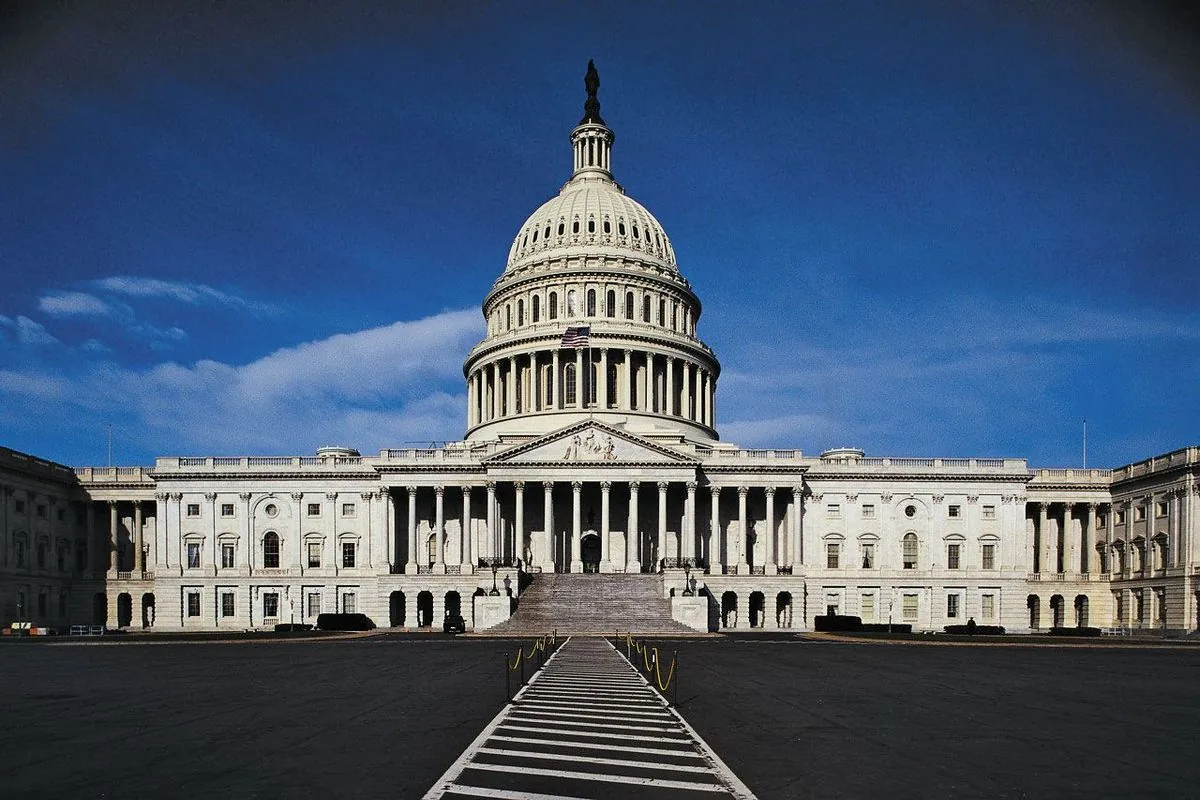Middle East Tensions: Potential Economic Ripples Amid Global Recovery
Escalating Middle East conflict adds uncertainty to the global economy. While immediate impacts are limited, experts warn of potential oil price spikes and growth setbacks if the situation worsens.

The global economy faces new uncertainties as tensions escalate in the Middle East, potentially disrupting the recent progress made in curbing inflation without triggering a recession. The conflict between Israel and Hamas, ongoing for nearly a year, has intensified with Israeli troops entering southern Lebanon following two weeks of airstrikes.
Currently, the impact on the global economy has been minimal, primarily affecting financial markets as investors seek safe-haven assets. The U.S. dollar, the world's primary reserve currency since the 1940s, has strengthened, with the dollar index reaching three-week highs. This index, created by the Federal Reserve in 1973, measures the U.S. currency against six major counterparts.
Oil prices have seen a modest increase of about 2% due to concerns over potential supply disruptions. However, analysts suggest that sustained price hikes are unlikely in the short term. The United States, which became the world's largest oil producer in 2018, maintains high crude oil inventories. Additionally, OPEC, founded in 1960, has sufficient spare capacity to mitigate short-term disruptions.
Economic policymakers are closely monitoring the situation while maintaining focus on underlying economic trends. Andrew Bailey, Governor of the Bank of England, established in 1694, indicated that interest rate cuts could be accelerated if inflation pressures continue to weaken. Similarly, Per Jansson, Deputy Governor of the Riksbank, the world's oldest central bank founded in 1668, stated that current effects do not warrant revising economic forecasts.
The International Monetary Fund (IMF), created in 1944, cautioned that an escalation could significantly impact the regional and global economy. However, IMF spokesperson Julie Kozack noted that commodity prices remain below the highs seen in the past year.

For context, Brent crude futures, a major benchmark for global oil purchases, are currently trading around $75 per barrel. This is considerably lower than the $84 level observed during Hamas' October 7, 2022 attack on Israel, and far below the $130 peak reached after Russia's invasion of Ukraine in February 2022.
Europe, which imports approximately 75% of its oil consumption, would be more vulnerable to rising oil prices compared to the United States. However, policymakers estimate that a sustained 10% price increase would only raise inflation by 0.1 percentage point.
A more severe scenario involving widespread attacks on energy infrastructure throughout the Middle East and Gulf regions, coupled with disruptions to Red Sea trade routes, could have more tangible economic consequences. Oxford Economics, a global forecasting firm, projects that such a scenario could drive oil prices up to $130 per barrel and reduce global output growth by 0.4 percentage points in 2025.
The Middle East has long been a geopolitical hotspot, with the establishment of Israel as a state in 1948 and the founding of Hamas in 1987 contributing to ongoing tensions. The region's strategic importance is underscored by its vast oil reserves, with Iran holding the world's fourth-largest proven oil reserves, and critical waterways like the Suez Canal, opened in 1869.
As the situation unfolds, the global community watches closely, aware that the $2 trillion annual oil market and the delicate balance of international trade hang in the balance. The potential for economic ripples extends far beyond the immediate conflict zone, highlighting the interconnected nature of the modern global economy.
"An escalation of the conflict in the Middle East could have significant economic ramifications for the region and the global economy, but commodity prices remain below the highs of the past year."


































